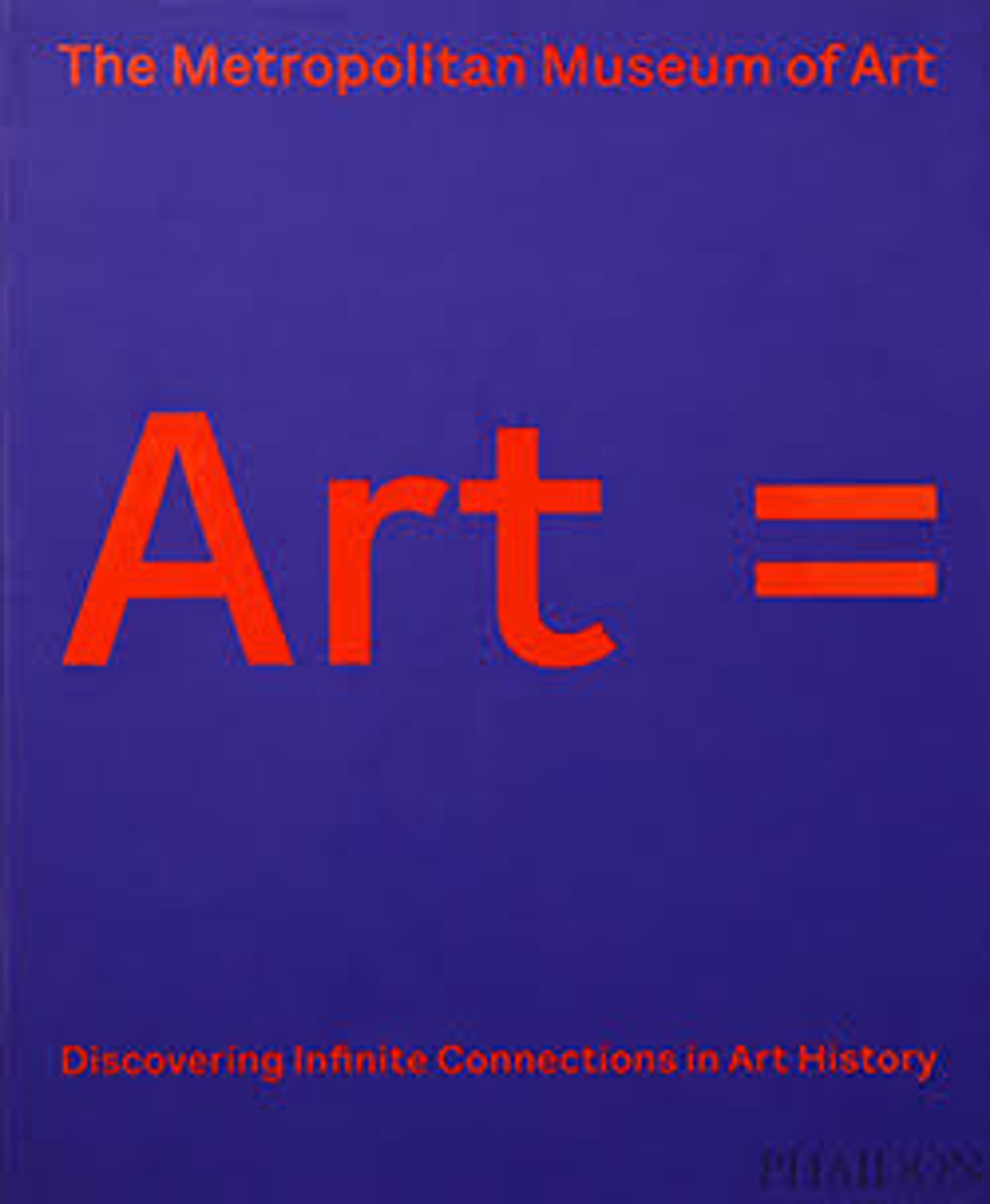"Shah Jahan on a Terrace, Holding a Pendant Set With His Portrait", Folio from the Shah Jahan Album
The presentation of the emperor amplifies the formula evolved during the reigns of Akbar and Jahangir. Shah Jahan is exquisitely dressed and richly adorned with jewels, his imperial rank emphasized by his radiating halo and the hovering angels borrowed from European art. The skills of many craftsmen and designers of the Mughal court—jewelers, weavers, architects, feather workers, armorers, stonecutters, and others—are represented here. This is Chitarman’s earliest dated picture, painted soon after Shah Jahan’s accession.
Artwork Details
- Title: "Shah Jahan on a Terrace, Holding a Pendant Set With His Portrait", Folio from the Shah Jahan Album
- Artist: Painted by Chitarman (Indian, active ca. 1627–70)
- Date: recto: dated 1627–28; verso: ca. 1530–50
- Geography: Attributed to India
- Medium: Ink, opaque watercolor, and gold on paper
- Dimensions: H. 15 5/16 in. (38.9 cm)
W. 10 1/8 in. (25.7 cm) - Classification: Codices
- Credit Line: Purchase, Rogers Fund and The Kevorkian Foundation Gift, 1955
- Object Number: 55.121.10.24
- Curatorial Department: Islamic Art
More Artwork
Research Resources
The Met provides unparalleled resources for research and welcomes an international community of students and scholars. The Met's Open Access API is where creators and researchers can connect to the The Met collection. Open Access data and public domain images are available for unrestricted commercial and noncommercial use without permission or fee.
To request images under copyright and other restrictions, please use this Image Request form.
Feedback
We continue to research and examine historical and cultural context for objects in The Met collection. If you have comments or questions about this object record, please complete and submit this form. The Museum looks forward to receiving your comments.
